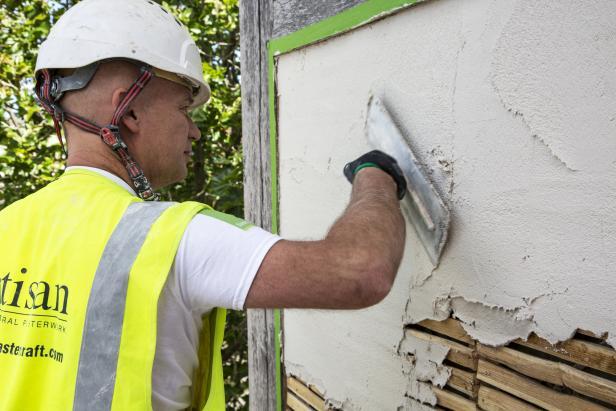Originally set up in 2009, Artisan Plastercraft employs over 50 experts specialising in the many and various forms of architectural and decorative plasterwork.
These include fibrous plastering, which is known for being decorative, and lime plastering, which is used primarily for insulation, as well as the manufacture of decorative plaster mouldings and bespoke products on site. The bulk of their work involves teaming up with heritage architects restoring Grade I and II listed buildings, such as churches.
"We can do a vast array of jobs, whether that's suspended fibrous plaster ceilings in things like theatres from 19th and early 20th century, or restoring or recreating enrichments like cornicing and ceiling roses, or other embellishments with different design styles, spanning from the Georgian period right through to the Edwardian period and then art deco in the 1920s and 30s," explains marketing manager Russell Brewis.
Recasting, replicating and bespoke
Any recreations are designed and made by their craftsmen in their workshops in Bromley, using rubber impressions to recast the mouldings in plaster, often improving them in the process, and are then installed. They will also design, make and fit bespoke decorative plaster-mouldings from scratch. Craftsmen often start as apprentices at the company, which takes on and trains up new applicants on a regular basis.
Artisan Plastercraft was engaged in the recent £12.7 million restoration of the Royal Academy of Arts, a project which won the company a FIS Gold Contractors Award in the "Heritage Plastering" category. The work involved repairs, replicating the ceiling plasterwork, creating new decorative arches to match the existing ones and manufacturing and installing a bespoke fibrous plaster niche in the main entrance.
Another high-profile project which is perhaps most pertinent to church works is the external lime work they undertook on the Houses of Parliament (pictured).
When it comes to churches specifically, Artisan Plastercraft work primarily on repairs, which includes both patch repairs and total restorations.
The beauty of lime plaster
A recent project was St Barnabas church in Mitcham, where the team undertook a fibrous repair of the ceiling, which included restoring a number of embellishments. Another recent church project was St Andrews Church in Surrey where they installed a stainless steel bead and lime plastered the walls. And in St Katharine's Precinct in north London they did patch repairs on the existing lath and lime plaster ceilings, securing the existing ceilings with screws and washers.
The beauty of lime plaster is that it allows an old building to breathe and move with the changes in temperature and air moisture throughout the year, explains Brewis. In the not so recent past, historic buildings were being restored using modern cement which tends to retain moisture which causes old brickwork to crack and eventually break down. Lime plaster, however, is not rigid and is therefore less likely to fracture and deform. A well-done job using the sort of traditional materials which Artisan Plastercraft specialise in should last many decades, if not centuries.
Brewis' final word of advice to churches is to act as soon as a crack appears to avoid any large expenses which are inevitably incurred when these kinds of problems are ignored.
Profile by Olenka Hamilton
| Contact name | Lisa Rhodes |
|---|---|
| Contact email | info@artisanplastercraft.com |
| Telephone | 01959 571135 |
| Link | https://www.artisanplastercraft.com/ |

